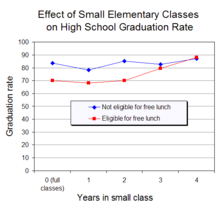Handbook Of Instructional Psychology
 Shelley Moore is a journalist and award-successful quick-story writer. I had a cousin who was the youngest of 15 children. She needed to increase herself as her dad and mom and older siblings didn’t want to be bothered along with her. I needed to educate her learn how to read and my dad and mom had to buy her garments and provides her books. She additionally was feral and toiugh and rough across the edges. She all the time wished to struggle someone.
Shelley Moore is a journalist and award-successful quick-story writer. I had a cousin who was the youngest of 15 children. She needed to increase herself as her dad and mom and older siblings didn’t want to be bothered along with her. I needed to educate her learn how to read and my dad and mom had to buy her garments and provides her books. She additionally was feral and toiugh and rough across the edges. She all the time wished to struggle someone.
Goldberg did not know a lot about guns or gun violence till she got to Temple. She grew up in the quiet Philadelphia suburb of Broomall. Her father owned a dairy business within the metropolis, her mom was a schoolteacher. She was an intense child who really believed the religious ideas she was learning at Jewish summer camp in a big, bad method.†When she was eleven, … Read more

 As we all know infants are very fragile and needs to be handled with care. Native schooling authorities are accountable for figuring out the staffing ranges of their academic psychology providers so as to fulfil their statutory duties. Identify essentially the most successful scholar studying and retention strategies and work with college staff, administration and fellow consultants to develop applications according to these fashions.
As we all know infants are very fragile and needs to be handled with care. Native schooling authorities are accountable for figuring out the staffing ranges of their academic psychology providers so as to fulfil their statutory duties. Identify essentially the most successful scholar studying and retention strategies and work with college staff, administration and fellow consultants to develop applications according to these fashions.